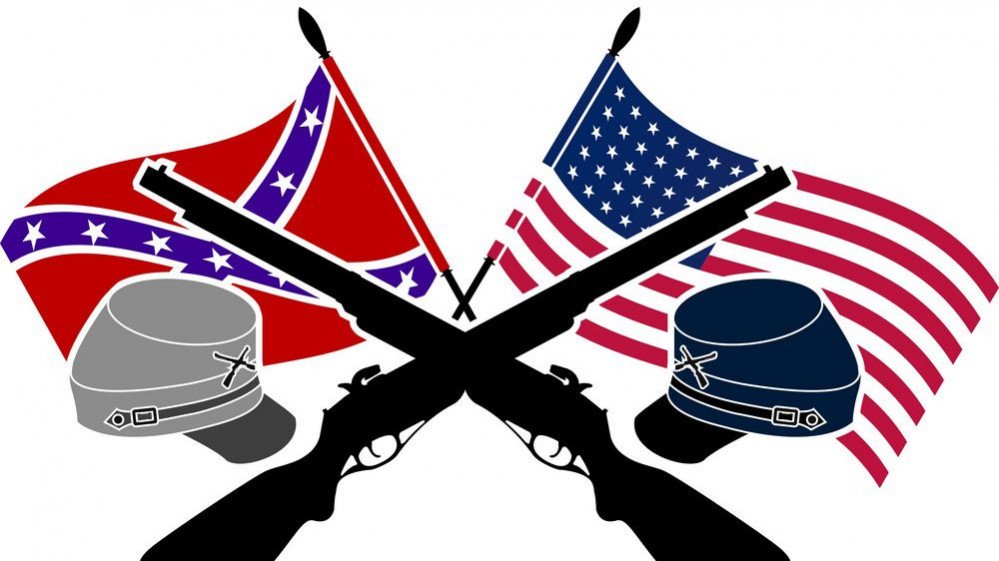
ALL DONE!! - Building a 6mm Baccus ACW Confederate army for a new game system to be announced
The Generals
The American Civil War was shaped by several notable leaders, both military and political, whose decisions and actions had profound impacts on the course of the conflict and its outcome. Here are some of the most prominent figures:
Union Leaders
1. Abraham Lincoln
- Position: 16th President of the United States (1861-1865)
- Role: Lincoln’s leadership was crucial in preserving the Union. He navigated the complex political landscape, balancing conflicting interests while making the abolition of slavery a central goal with the Emancipation Proclamation in 1863. His commitment to reunification and his famous speeches, including the Gettysburg Address, shaped the nation’s post-war identity. He was assassinated shortly after the war ended, in April 1865.
2. Ulysses S. Grant
- Position: General-in-Chief of the Union Army
- Role: Grant emerged as the leading Union general after early successes in the Western Theater, including victories at Fort Donelson and Vicksburg. His relentless pursuit of the Confederate Army, particularly during the Overland Campaign and the Siege of Petersburg, culminated in General Robert E. Lee’s surrender at Appomattox Court House in 1865. After the war, Grant served as the 18th President of the United States.
3. William Tecumseh Sherman
- Position: Major General
- Role: Sherman is best known for his “March to the Sea” from Atlanta to Savannah, Georgia, in 1864. His strategy of total war aimed to destroy the South’s will and capacity to fight. Sherman’s tactics were controversial but effective, hastening the end of the war. His close partnership with Grant was pivotal in the Union’s overall military strategy.
4. George McClellan
- Position: Major General
- Role: McClellan played a key role early in the war, organizing the Army of the Potomac and serving as the Union’s general-in-chief. However, his cautiousness and reluctance to engage Confederate forces frustrated President Lincoln, leading to his removal. Despite his military achievements, he ran unsuccessfully against Lincoln in the 1864 presidential election.
5. David Farragut
- Position: Admiral
- Role: Farragut was the Union’s first rear admiral, vice admiral, and admiral in the U.S. Navy. He is best known for his decisive victory at the Battle of Mobile Bay in 1864, where he famously ordered, “Damn the torpedoes, full speed ahead!” His leadership secured Union control of critical Southern ports and was instrumental in the naval blockade of the Confederacy.
Confederate Leaders
1. Jefferson Davis
- Position: President of the Confederate States of America (1861-1865)
- Role: Davis was the political leader of the Confederacy, overseeing its government and military strategy. Despite his strong leadership skills, Davis faced challenges in uniting the various Southern states and maintaining the Confederate war effort as resources dwindled and internal divisions grew. After the war, he was imprisoned for two years and was never tried for treason.
2. Robert E. Lee
- Position: General-in-Chief of the Confederate Army
- Role: Lee was the Confederacy’s most prominent and respected general, known for his tactical brilliance and leadership during key battles such as the Second Battle of Bull Run, Fredericksburg, and Chancellorsville. Despite his successes, Lee’s invasions of the North, culminating in the Battle of Gettysburg, were ultimately unsuccessful. His surrender at Appomattox Court House in 1865 marked the effective end of the Civil War.
3. Stonewall Jackson
- Position: Lieutenant General
- Role: Thomas “Stonewall” Jackson was one of Lee’s most trusted commanders, earning his nickname for his steadfastness at the First Battle of Bull Run. Jackson played a crucial role in Confederate victories at battles like Chancellorsville, where his audacious tactics confused and defeated Union forces. His death in 1863, after being accidentally shot by his own men, was a significant loss for the Confederacy.
4. James Longstreet
- Position: Lieutenant General
- Role: Longstreet was one of Lee’s most trusted generals, known for his defensive prowess. He played key roles in battles such as Fredericksburg and the Wilderness. Although his actions at Gettysburg, particularly his hesitation on the third day, have been criticized, Longstreet was a highly competent and respected military leader. After the war, he worked to reconcile the South with the Union.
5. J.E.B. Stuart
- Position: Major General
- Role: Stuart was a renowned cavalry commander known for his reconnaissance and use of cavalry in support of Lee’s army. His flamboyant personality and daring raids made him a celebrated figure in the South. However, his absence during critical moments of the Gettysburg Campaign due to an extended raid has been debated as a factor in the Confederate defeat there.
Other Notable Leaders
1. Clara Barton
- Position: Nurse, Founder of the American Red Cross
- Role: Although not a military leader, Clara Barton made significant contributions to the care of wounded soldiers. She organized supplies and provided first aid on the front lines, earning her the nickname “Angel of the Battlefield.” After the war, she continued her humanitarian work, founding the American Red Cross.
2. Frederick Douglass
- Position: Abolitionist Leader, Advisor to President Lincoln
- Role: Douglass was a former enslaved person who became a leading abolitionist and advocate for African American rights. During the Civil War, he was a key figure in pushing for the enlistment of Black soldiers in the Union Army and met with Lincoln to discuss the treatment of African American troops and the broader goals of the war.
These leaders, through their decisions, strategies, and leadership, played pivotal roles in shaping the course of the Civil War and its aftermath.










































































Leave a Reply